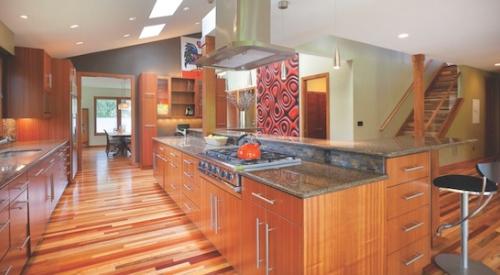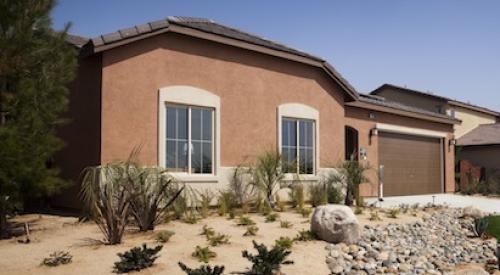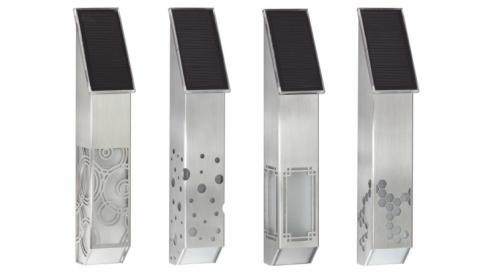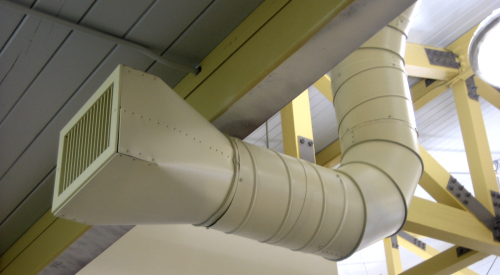Throughout my career, I’ve had the unique opportunity of interacting with hundreds of builders, from large publicly held companies to independent tract builders and custom home builders. Some are ultra-green in their building approach and practices, while others build to the minimum code requirements.
Although the mass market hasn’t yet fully adopted green building, most homebuyers want a well-built, functional, energy-efficient home that saves them time and money, and buyers are more informed and better prepared than ever. Moreover, building code standards are becoming increasingly stringent. Builders that are considering going green should take a holistic, systematic approach to the home.
Let’s start by taking a high-level view of a typical greenbuilding program, which usually includes the following areas:
—Site selection and development
—Resource efficiency
—Energy efficiency
—Water efficiency
—Indoor air quality
—Homeowner orientation and education
A true green home will incorporate all of these. However, builders that are just starting a program can take an incremental approach to boosting home performance—as long as it’s understood that a house needs to perform as a system. For example, if the building envelope is tightened, conditioned fresh air may need to be added to maintain indoor air quality.
Resource Efficiency Payback
John Friesenhahn, partner at Imagine Homes, in San Antonio, has won many green-building awards, including the National Green Building–Production Home of the Year award. Like most builders, Friesenhahn says that cost is always an issue. He further believes that labor and repeatability are continuous considerations. Therefore, identifying cost offsets is essential to an effective program.
 The best part of resource efficiency is that it can actually save builders money. It takes into account all the resources—materials and labor—used in the home’s construction. Every builder should explore resource efficiency as an opportunity to identify cost offsets that will allow building the best houses while ensuring that these homes are still affordable for their customers.
The best part of resource efficiency is that it can actually save builders money. It takes into account all the resources—materials and labor—used in the home’s construction. Every builder should explore resource efficiency as an opportunity to identify cost offsets that will allow building the best houses while ensuring that these homes are still affordable for their customers.
I spend a lot of time on jobsites. I’ve seen builders that have a good grasp on their material quantities, schedules, and rework, and I’ve seen others that don’t. Take a look at your site. After a construction phase is complete, are there materials left over in the garage? Are Dumpsters full of damaged or excess materials? Are there piles of long-length lumber cut-offs on your jobsite?
Builders whose target customers say that they won’t or can’t pay more for a green home may find the money they need in the resource-efficiency category. There is almost always an opportunity to reduce waste, to value-engineer, or to improve a purchasing practice. Sometimes it takes some real effort, but I’ve seen savings from $1,500 up to $25,000+ per home. That can go a long way toward improving a home’s energy efficiency.
Importance of Air Sealing
Todd Booze, co-owner of Ideal Homes, in Norman, Okla., focuses on energy-efficiency items that can provide a five- to seven-year payback. There’s a logical progression that a builder should consider when looking to improve the energy efficiency of homes, and both Friesenhahn and Booze agree that it’s important to make sure scopes of work include good air-sealing practices. It’s the first step in the process: seal it, insulate properly, and then upgrade (windows, HVAC, etc.).
If the house is leaking, it doesn’t make sense to add more insulation, a higher SEER air conditioner, or a higher-efficiency furnace. Air sealing is the least-expensive checklist item that can be done to improve a structure’s energy efficiency. As Booze asserts, the areas behind tubs, knee walls, fireplaces, chases, fur downs, and penetrations should all be addressed early on.
![]()
Other Steps to Energy Efficiency
Insulation: After air sealing, insulation is the next logical area to improve energy efficiency. Ideal Homes went to a blown-in application for consistency of installation. Imagine Homes uses spray foam for its additional sealing and sound control. Regardless of the insulation materials used, builders should work with insulators to make sure that the product is properly installed. You may also want to evaluate continuous insulated exterior sheathing to alleviate thermal bridging associated with framing materials.
HVAC: Significant cost offsets can also be found in HVAC. Imagine Homes offsets air sealing and energy-efficient window costs by HVAC tonnage reductions, Friesenhahn explains. When making changes in sealing and insulation, it’s important to work closely with your HVAC contractor. To prevent the HVAC system from short-cycling, reduce HVAC tonnage when major improvements to the thermal envelope are made, such as adding Energy Star windows or more insulation.
Lighting and appliances: As the cost of both CFLs and LEDs continues to drop, and Energy Star appliances are more readily available in a variety of models to meet consumer needs, lighting and appliance loads are also areas to consider when improving energy efficiency.
Water efficiency: Finding ways to minimize water consumption is another low-cost category within green building. Dual-flush toilets; low-flow faucets; smart-flow showerheads; and native, drought-tolerant landscapes are all relatively inexpensive to implement.
Indoor air quality: This includes making sure that materials used in the house are free of harmful chemicals; using low- or no-VOC paint; sealing living space from garage fumes; and bringing fresh conditioned air into the house. To ensure good air quality, Booze at Ideal Homes uses a fresh-air return with a fan recycler. Also consider filtration as another way to achieve good indoor air quality. Imagine Homes, for example, uses a MERV 10 filter to remove particulates.
Training: It’s essential that training is an integral part of any green-building initiative. Site supervision training on building science principles; subcontractor training on proper installation methods; and sales training on why a green home is a better-built, functional, and energy-efficient home are all extremely important. Friesenhahn says, “If your sales team doesn’t understand it, your hope to capture the value will go out the window.”
There are many more aspects of building green than are mentioned here. But whatever green-building elements you employ, the key takeaway is that a house must be viewed as a system. Making a change in one area will affect other aspects of the home. Finally, there are cost offsets to look for when implementing a green-building initiative, and these offsets can self-fund a green-building program.












